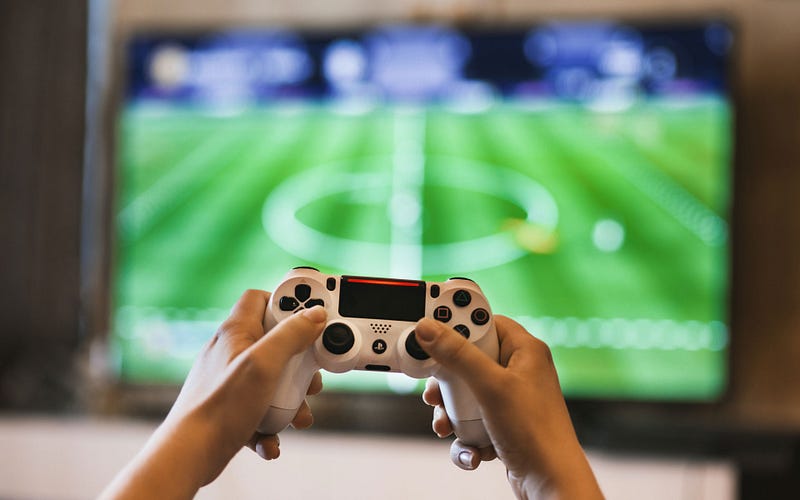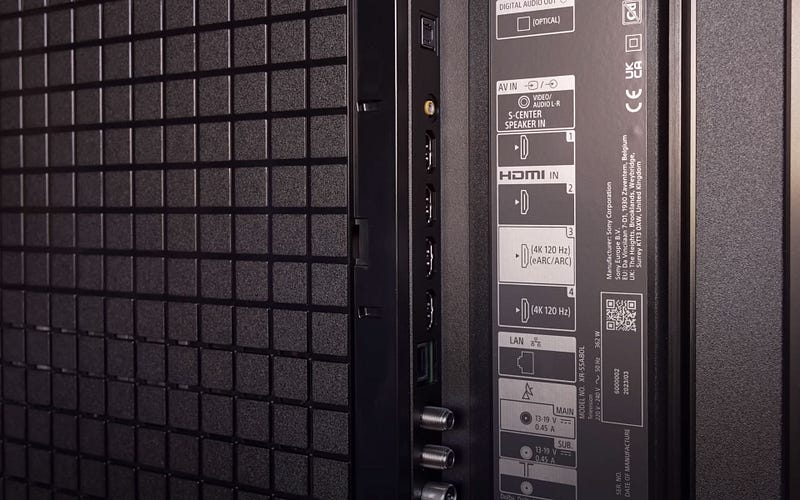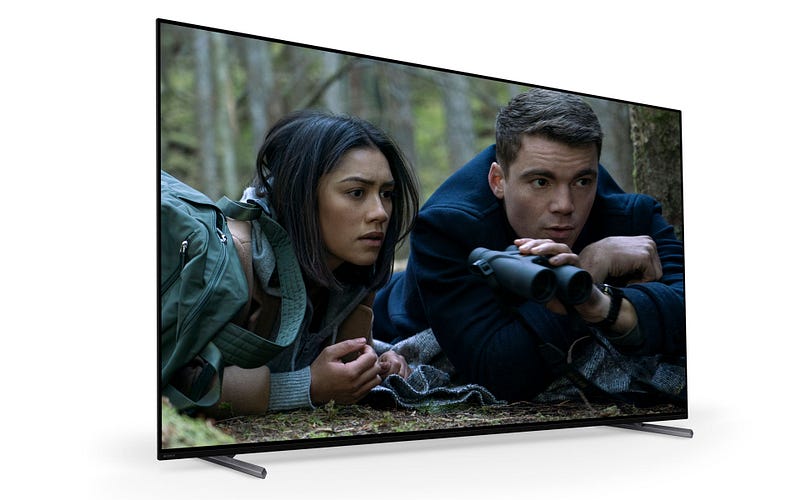Smart TV Connectivity: Navigating Wired and Wireless Options
Written on
Understanding Smart TV Connectivity
In today’s world, it's hard to picture a television set without Internet capabilities. However, not all Smart TVs are created equal when it comes to their connectivity options. Understanding which models excel in various scenarios is crucial for consumers.

The term “Smart TVs” emerged around 2010, encompassing various definitions. However, a common standard was established: a Smart TV must provide both Internet and local network access. Initially, if a television could stream YouTube videos and access shared photos from a home PC, it was deemed "Smart." Fast forward to today, nearly every television sold is a Smart TV, equipped with advanced functionalities that were once just aspirations. Despite this progress, many Smart TVs struggle to keep pace with the demands of modern entertainment, particularly as content quality has surged and requires higher, more consistent connectivity speeds.
What options do consumers have to ensure their Smart TVs can meet their streaming needs? Fortunately, there are multiple ways to enhance connectivity.
Wireless Smart TV Connectivity: Pros and Cons
Smart TVs connect to the Internet via either wired (Ethernet) or wireless (Wi-Fi) methods. Evaluating each method’s capabilities can help consumers identify potential limitations. Most Smart TVs come with Wi-Fi capabilities and often include an Ethernet port, though availability may depend on the router's location. While Ethernet is sometimes preferable, Wi-Fi is typically more user-friendly.
Recent mid-range and high-end Smart TVs generally support either Wi-Fi 5 (AC) or Wi-Fi 6, which are sufficiently fast for most content. Both standards easily accommodate data transfer speeds of 200 Mbps or more, allowing seamless streaming from services like Netflix and Disney Plus, which typically require less than 50 Mbps.

While Wi-Fi has improved, it can still be inconsistent, especially in households with multiple connected devices. Generally, most users experience minimal disruptions when streaming movies or shows over a robust broadband connection.
However, one area where Wi-Fi may falter is cloud gaming. Many Smart TVs are now capable of running complex video games directly through cloud services like GeForce Now. This model allows gamers to play without needing a console or installed game files, but it introduces latency—delays in command recognition that can hinder gameplay.

To mitigate these delays, a wired connection is recommended for cloud gaming, as Ethernet tends to offer more reliable performance. Nonetheless, many Smart TVs still have limitations in wired connectivity.
Wired Smart TV Connectivity: Current Challenges
Although wired connections are favored for their stability, the Smart TV market has not evolved alongside advancements in Ethernet technology. Unlike computers, which have transitioned to higher-speed connections like Gigabit Ethernet, Smart TVs still rely on outdated Fast Ethernet (100 Mbps). This means that even premium models are limited to 75-80 Mbps in real-world conditions.

Historically, this limitation was not problematic, as most content didn’t require more than 50-60 Mbps. However, several modern use cases now reveal the shortcomings of Fast Ethernet, including:
- Streaming Services: Platforms like Sony’s Bravia Core demand faster connections for optimal quality, as they offer content encoded at rates that exceed Fast Ethernet capabilities.
- Ultra HD Blu-ray Backups: These high-quality backups, often reaching bit rates of 75-90 Mbps, face streaming challenges over a local network using Plex or similar servers.
- User-Generated High-Resolution Content: As technology advances, consumers are capturing and sharing high-resolution video, which can range up to 120 Mbps, creating further strain on Fast Ethernet.

For those who frequently engage with high-bandwidth content, the Fast Ethernet limitation can be a real concern. A potential solution exists through USB-to-Gigabit Ethernet adapters, which can enhance wired connectivity for select Smart TV models, particularly those running on Android TV, Google TV, or webOS.
Smart TV Connectivity: Tailored Solutions for Different Needs
To summarize, modern Smart TVs offer connectivity via both wired and wireless methods. Each has its pros and cons, and the choice between them depends on user preferences and specific content needs. Below are answers to common questions regarding Smart TV connectivity:
Do all Smart TVs offer both Wi-Fi and Ethernet?
Most modern models come equipped with both, though some entry-level options may only feature Wi-Fi.
Is the connectivity sufficient for streaming services?
Generally, yes. However, Sony’s Bravia Core service may require faster speeds for optimal performance.
What type of Wi-Fi is recommended?
Wi-Fi 5 or Wi-Fi 6 routers are ideal for reliable media playback.
Do cloud gaming services function well on Wi-Fi?
They do, but a wired connection is preferred for lower latency and improved gameplay.
Is faster than 100 Mbps necessary for Smart TVs?
For most, no. However, certain high-bit-rate content may require it, particularly for ultra-high-definition video.
Do USB-to-Gigabit Ethernet adapters work universally?
No, compatibility varies. They are primarily effective with Android TV, Google TV, and webOS operating systems.
Does Sony’s Bravia Core work over Ethernet?
It does, but a Wi-Fi connection is often recommended for seamless playback of high-quality films.

While most users will find modern wireless connections sufficient for their needs, understanding the limitations and capabilities of both wired and wireless options can better prepare consumers for future content demands.
How to Connect A Smart TV to the Internet
To get more insights on connecting a Smart TV, check out the following video:
This informative video guides viewers through various methods to connect a Smart TV to the Internet, including Wi-Fi, wired Ethernet, and Powerline options.
How to Connect Any TV to the Internet
For those with older models, this next video illustrates how to upgrade a regular TV to a Smart TV by connecting it to the Internet.
This tutorial is perfect for anyone looking to enable Internet connectivity on their non-Smart TVs.